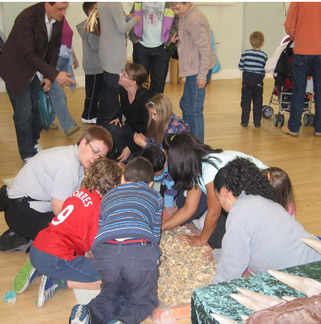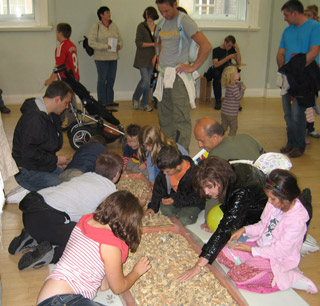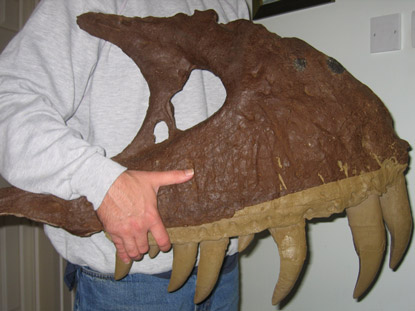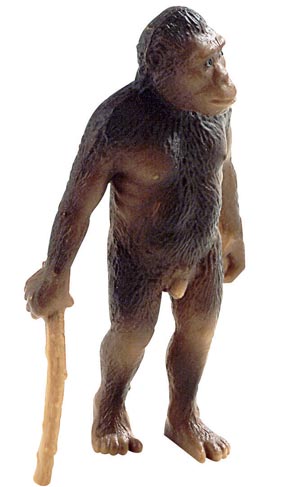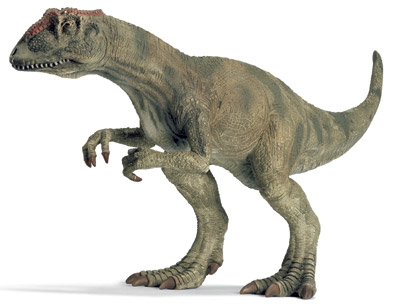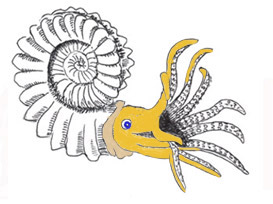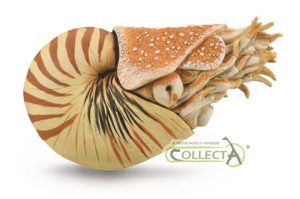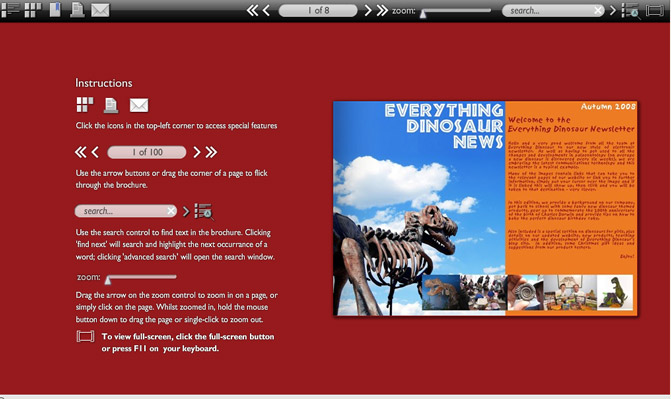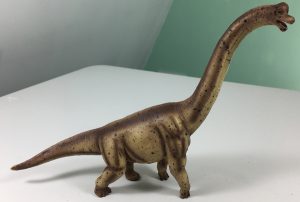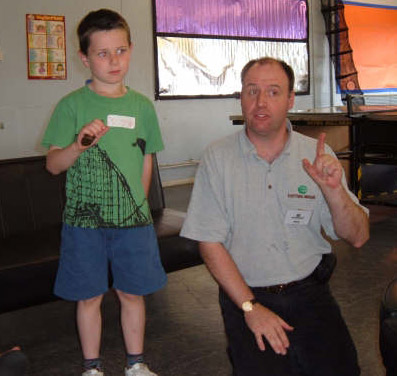Ice Age Mammals make their Debut
Ice Age Mammal Models now Available
Animals that lived during the last Ice Age, the so called “megafauna” of the Pleistocene epoch, the Ice Age mammals, are almost as popular as dinosaurs. In fact a number of animals such as Sabre-toothed cats, Mammoths and Woolly Rhinos frequently appear in our regular surveys amongst young people regarding favourite creatures from the past.
Designers from the London Natural History museum and team members at Everything Dinosaur have brought some of these animals back to life with the introduction of a range of prehistoric mammals that are now available to purchase as individual models as well as in a set.
As well as a large model of a Woolly Mammoth, a Woolly Rhino and of course the fearsome Sabre-toothed cat (Smilodon), the set also includes a Megatherium (giant ground sloth) and the bizarrely armoured, gigantic Glyptodon. Both the Megatherium and Glyptodon represent animals that lived in the Americas.
The Set of Five Mammal Models
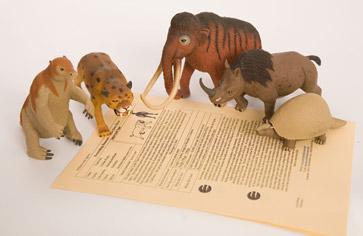
Picture credit: Everything Dinosaur
To view prehistoric mammal models and other replicas available from Everything Dinosaur: Prehistoric Animal and Dinosaur Models.
Beautifully designed and painted to show exquisite detail, these accurate prehistoric mammal models are great for creative play or school study. Each model is supplied with its own animal fact sheet, produced by the experts at Everything Dinosaur.
We are currently living in what is termed the Quaternary Period of geologic time. This period began about 1.8 million years ago, but it is divided up into two epochs, the Pleistocene and the Holocene. During the Quaternary ice ages, cold adapted species such as the Woolly Rhino and Mammoths evolved. The Pleistocene period lasted until 10,000 years ago, when a sudden thaw occurred and the world’s climate warmed up dramatically. This change took no more than fifty years to come about and resulted in several extinctions. It is due to this sudden climate change that the Quaternary has been divided into two distinct epochs.
Since this period of rapid warming, the Earth’s climate has been more stable than during any other 10,000 year interval in at least the last 200,000 years. Handy if you are the sole surviving species of hominid and you are just beginning to increase in numbers.


